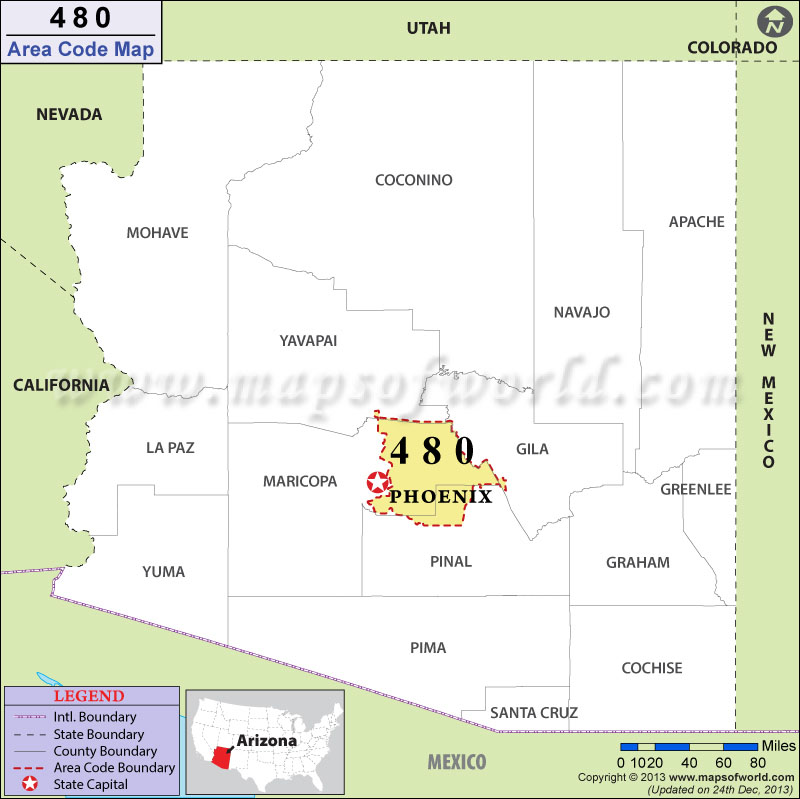

Typically, the further the viewing distance is, the lower the image resolution needs to be. that are meant to be viewed at more than an arm’s length away, we don’t quite need the same image resolution. You should be able to get great results as long as the images are at least 150 ppi at 100% size. Large format printingįor large format print marketing materials like banners, posters, window graphics etc. Offset presses at higher screen frequencies require higher resolution bitmapped images.

If you enlarge the same image by 150%, you will need a graphic that is 450 ppi ( x 1.5 = 450 ppi).Īs a general rule, make sure that the photos you use are at least 300 ppi at 100% of the final size for general print services. So, if you are printing at 150 lpi and you are enlarging the image 200%, you will need a graphic that is 600 ppi ( x 2 = 600 ppi). So the same formula can be expanded to: image resolution = (image line screen x 2) x magnification A 300 ppi image enlarged by 200% becomes 150 ppi. Image resolution is inversely proportional to size. If you are going to scale your photos, keep in mind that they will lose quality as you enlarge them. Normally, type should not be embedded inside non-vector graphics but when this is unavoidable, the image resolution should be set at or above 600 ppi. For printing at 200 lpi, you will need an image that is 400 ppi (200 lpi x 2 = 400 ppi). If you are printing at 150 lpi, you will need an image that is 300 ppi (150 lpi x 2 = 300 ppi). Newspapers print about 85 lpi and most magazines print runs at 133 lpi to 150 lpi.Ĭontinuous tone image Offset and digital printingįor offset printing and digital printing, the general rule of thumb is to have halftone images with a resolution of roughly 2 times the line screen (also known as the halftoning factor). A typical 300 dpi laser printer will produce halftones at about 50 lpi. Screen frequency is measured in lines per inch (lpi.) The higher the resolution of the output device (printer), the higher (finer) screen frequency you can use. Screen frequency (also known as screen ruling or line screen) is the number of printer dots or halftone dots per inch used to print images. Printer resolution is different from, but related to image resolution. High-end inkjet, laser printers and imagesetters print at 1,200 to 2,400 dpi. Most consumer grade laser and inkjet printers print at 300 dpi to 1,200 dpi.

However, image resolution (ppi) and screen frequency (lpi) generally affects the quality of the print project more than printer resolution (dpi) does. Generally, the more dots per inch, the finer the printed output you’ll get. Printer resolution is measured in dots per inch (dpi) and refers to the smallest size dot a printing device can print. 72 ppi image at 300% size What is printer resolution?


 0 kommentar(er)
0 kommentar(er)
